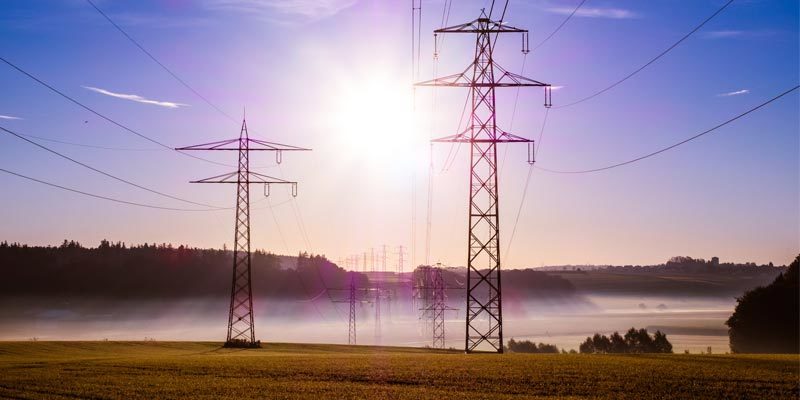The short-term (ST) electricity market was just around 10 per cent of India’s total electricity consumption in FY21. This metric has not seen much movement since the past decade.
Further, energy exchanges like Indian Energy Exchange (IEX) and Power Exchange of India (PXIL), today account for over half of the ST market. This share has however steadily moved up over the past 6-7 years.
Other options in the ST market include electricity transacted through traders, electricity transacted directly between discoms and electricity transacted through the Deviation Settlement Mechanism (DSM). The DSM route has been available since 2014, but it is not very popular due to strict regulatory directives. It may be mentioned that DSM is meant to be used as a last-minute resort to achieve grid stability. Allegedly, discoms were using it as a general trading platform, hence the strict regulations.
Most of the power purchase agreements signed in recent times have been in the solar power industry, and that these agreements come with a 25-year period. The same is the case with wind energy.
This is the reason why there is very little renewable energy left for trading on power exchanges. However, there is some hope given that Indian power exchanges have started new mechanisms like Green Term Ahead Market (GTAM). Measures like these are bound to have a positive impact on the volumes of renewable energy traded on power exchange, and ultimately on the overall trading volumes on power exchanges.
Tariffs of renewable energy are falling. However, power discoms continue to buy expensive power from conventional power plants for two reasons. One is that the discoms are bound by long-term PPAs and two, there is not much liquidity on power exchanges, insofar as renewable energy is concerned.
Eventually, India must look at a culture where the short-term market has a healthy proportion in overall consumption, and much of this ST market comes from power exchanges.
Today, the volume of electricity traded on power exchange accounts for a mere 6 per of India’s total electricity consumption. In developed countries, power exchanges have evolved and matured. In Germany and UK, for instance, power exchanges account for around half of the total electricity consumption.
India also needs to review its policy with respect to PPAs. Due to the rapidly evolving dynamics of the power trading market, the current standard duration of 25 years for a PPA appears anachronous.
Also read: Major breakthrough in electricity derivatives market
On the brighter side, the government has allowed discoms to exit from their long-term PPAs with Central power generators, after their expiry. This will give them flexibility to sell power freely. Whether they sell it to other discoms or trade on exchanges, this move will boost the short-term electricity market.
(The author of this article, Venugopal Pillai, is Editor, T&D India, and may be reached on venugopal.pillai@tndindia.com. Views expressed here are personal.)

